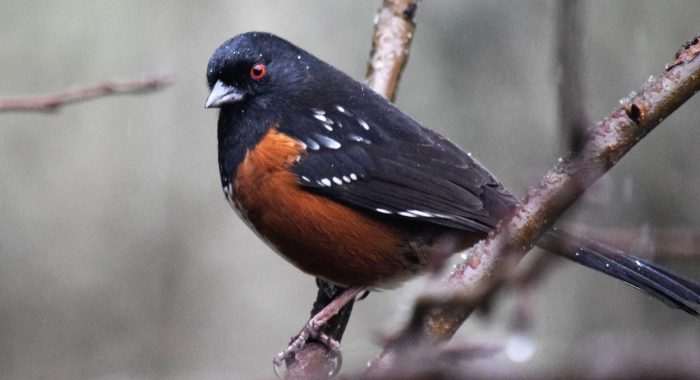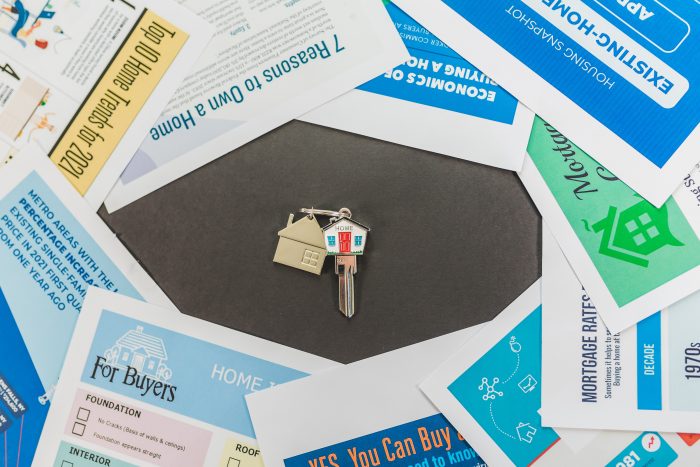By Daniel Dunaief

With 10 weeks left until the end of 2021, it seems fitting to consider what we might put into a time capsule that future generations might open to understand the strange world that was so incredibly different from the one just two years ago.
Here are a few items I’d throw into a box I’d bury or shoot into space.
— Masks. Even with so many events where people aren’t wearing masks, including huge gatherings of fans at sporting events, masks are still a part of our lives in 2021.
— A Netflix app. I’m not a streaming TV person. Most of my regular TV watching involves sports or movies (many of which I’ve seen a few times before). Still, I got caught up in the “Stranger Things” phenomenon and am now impressed with the storylines from “Madam Secretary,” which include prescient references to our withdrawal from Afghanistan and to the potential (and now real) pandemic.
— Pet paraphernalia. The number of homes with pets has climbed dramatically, as people who seemed unwilling or uninterested in having dogs are out with their collection of poop bags, leashes and pieces of dog food to entice the wayward wanderer in the right direction.
— A zoom app. Even with people returning to work, many of us are still interacting with large groups of people on a divided screen. Future generations may find all this normal and the start of eSocializing and virtual working. Many of us today are still trying to figure out where to look and avoid the temptation to scrutinize our own image.
— Cargo ships. The year started off in March with the blocking of the Suez Canal. For six days, the Ever Given kept one of the world’s most important canals from functioning, blocking container ships from going from the Mediterranean Sea to the Red Sea. As the year has progressed, concerns about shortages and supply chains have triggered fears about empty shelves.
— A small model of the Enterprise. The ship from the show “Star Trek” seems apt in a 2021 time capsule in part because William Shatner, who played the fictional Captain James T. Kirk (or admiral, if you’re also a fan of the movies), traveled briefly into space. In many ways, the science fiction of the past — a telephone that allowed you to look at someone else — is the fact of the present, with FaceTime and the aforementioned zoom.
— Competing signs. Protesting seems to have returned in full force this year. As the year comes to a close, people who do and don’t believe in vaccinations often stand on opposite sides of a road, shouting at cars, each other and the wind to get their messages across.
— A syringe. We started the year with people over 65 and in vulnerable groups getting their first doses of a vaccine that has slowed the progression of COVID-19, and we’re ending it with the distribution of booster shots for this population and, eventually, for others who received a vaccine eight months earlier.
— Take-out menus. I would throw several take-out menus, along with instructions about leaving food at a front door, into the time capsule. While numerous restaurants are operating close to their in-dining capacity, some of us are still eating the same food at home.
— An Amazon box. Barely a day goes by when I don’t see an Amazon delivery truck in the neighborhood, leaving the familiar smiling boxes at my neighbors’ front doors.
— Broken glass. I would include some carefully protected broken glass to reflect some of the divisions in the country and to remember the moment protesters stormed the capital, overwhelming the police and sending politicians scrambling for cover.
— Houses of gold. I would throw in a golden house, to show how the value of homes, particularly those outside of a city, increased amid an urban exodus.
— A Broadway playbill. My wife and I saw a musical for the first time in over two years. We were thrilled to attend “Wicked.” The combination of songs, staging, acting, and lighting transported us back to the land of Oz. Judging from the thunderous applause at the end from a fully masked audience, we were not the only ones grateful to enjoy the incredible talents of performers who must have struggled amid the shutdown.






 For example, two scientists discussing otter biology need to know what otter species they’re talking about. Is it the Sea Otter (Enhydra lutris)? Or maybe the River Otter (Lontra canadensis) or Asian Small-clawed Otter (Aonyx cinereus)? How about Giant River Otter, (Pteronura brasiliensis), European Otter (Lutra lutra) or any other of the thirteen species of otters found in the world. In discussing some aspect of otter ecology or biology, just mentioning “otter” may not be sufficient to provide the level of specificity or accuracy needed. Researchers need to know they’re both talking about the same species of otter. Or bacteria. Or slime mold. Or many other species that can affect us.
For example, two scientists discussing otter biology need to know what otter species they’re talking about. Is it the Sea Otter (Enhydra lutris)? Or maybe the River Otter (Lontra canadensis) or Asian Small-clawed Otter (Aonyx cinereus)? How about Giant River Otter, (Pteronura brasiliensis), European Otter (Lutra lutra) or any other of the thirteen species of otters found in the world. In discussing some aspect of otter ecology or biology, just mentioning “otter” may not be sufficient to provide the level of specificity or accuracy needed. Researchers need to know they’re both talking about the same species of otter. Or bacteria. Or slime mold. Or many other species that can affect us.










